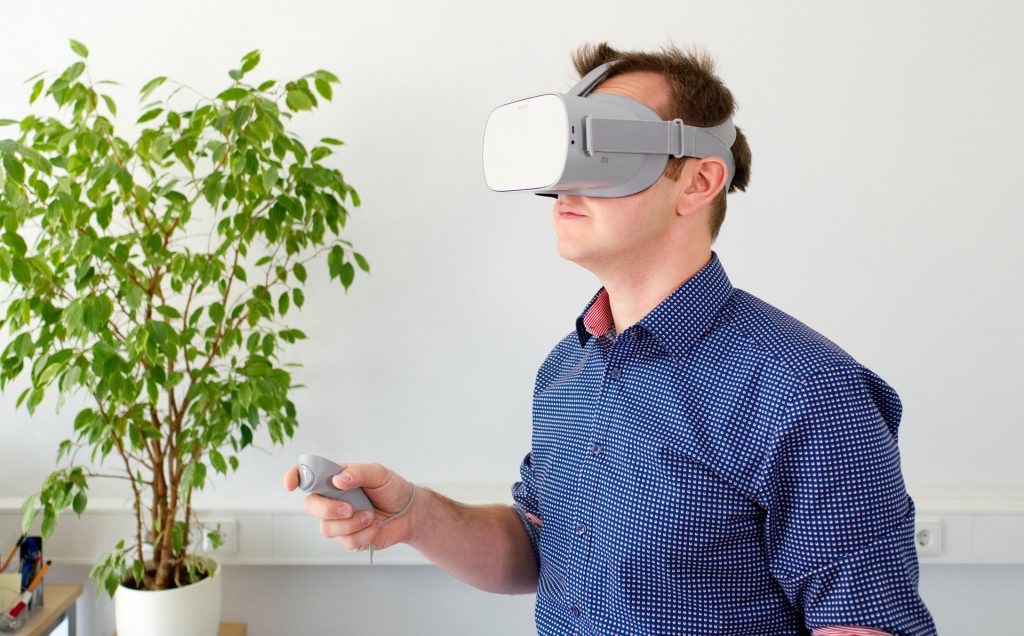In short, the development of VR has slowed down and so consumer VR wouldn’t see an improvement anytime soon. However, the future of VR isn’t bleak.
What happened to VR? It was the hottest trend in 2016 and now you barely hear much about it. That’s because the development of VR is stuck in a supply and demand loop. Just like how the PS Vita died, VR is facing a similar fate. Unlike common software development, developing software and programs for VR is much more difficult.
At the moment, few have the skills to develop software and programs for VR because how recent it is. Even less could create an environment to develop VR software. The only way to get more developers interested in pushing for the future of VR is if there’s demand. Since it takes time and a lot of money to develop VR software, they must make sure there is sufficient demand for VR.
However, this is where the problem is. Since VR hardware is not very consumer friendly, as you need a powerful computer and set it up. So the cost of entry is quite high, so not many could afford it. Not many people are willing to invest so much just for their curiosity. They want VR to mature more before they buy it. No supply, no demand. Therefore, the demand isn’t high enough for more developers to invest in the future of VR and development of VR software. No demand, no supply.
The Good News
The good news is the introduction of wireless VR headsets and environments like Unity are making the future of VR possible. Facebook’s Oculus Go has brought the entry barrier even lower. The Oculus Go is a standalone VR headset that is easy to set up and much cheaper than the Rift. One battery charge could last a solid 3-4 hours and more software is added every day.

